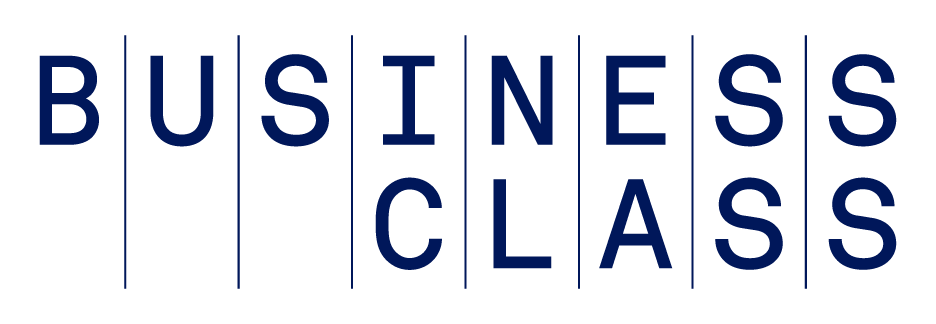Effective cash-flow management can ensure a business has sufficient funds to cover its financial obligations without retaining an excessive amount of cash. This allows salaries to be paid, marketing and sales programs to be funded, and ensures equipment and facility costs are met, and with enough left for the business to invest in endeavors that can help it grow.
So exactly how much cash should you have on reserve at any given time? When it comes to cash-flow management, one general rule of thumb suggests enough to cover three to six months’ worth of operating expenses. However, true cash management success could require understanding when it might be beneficial to invest some cash elsewhere as well.
To help elevate your cash management skills, consider the following questions.
1. How Much Cash Have You Been Using?
Cash spending varies from business to business and may be affected by industry, market conditions, interest rates, and countless other factors. This calls for businesses to continually monitor and readjust how they use their cash as conditions change. Monthly cash-flow reports can provide a historical and seasonal perspective on the amount of cash coming in from sales and going out to cover expenses. It also can make for a good first step in deciding how much cash to keep on hand.
Say a business has $30,000 in monthly expenditures. The owner might decide to set aside $90,000 to $180,000 to cover three to six months’ worth of expenses. But cash-flow can vary from month to month, so it’s typically best to use a three- or six-month average for a more realistic view of how the business has been managing its cash.
2. What Stage Is Your Business in and How Do You Collect Revenue?
Historical spending patterns can be a good starting point when a business is determining how to manage its cash-flow and future spending plans. But the past isn’t always the best predictor of future needs. You may also wish to also consider the stage of your business in your forecast, as well as customer payment patterns. New businesses, for instance, can often grapple with negative cash-flow due to startup costs, necessitating external funding. As they grow, the need for cash may increase alongside the need to have enough inventory to support expanding sales. After all, a business can’t produce more sellable goods without enough cash on hand to pay for production.
Effective cash management can be especially crucial for businesses that sell on credit. A company with an efficient accounts receivable process might enjoy a healthier cash-flow and may be able to successfully operate with less cash in reserves than a company that deals with slow-paying customers. If customers tend to pay slowly or late, the business might want to keep more cash on hand to cover overhead and stock inventory.
The best time to seek out more cash is when you don’t need it.
3. How Much Cash Do You Plan to Use?
To manage cash-flow effectively, a business may want to routinely forecast sales, revenue, and expenses for the coming 12 to 15 months. While fixed expenses, like payroll and rent, can usually be fairly consistent, variable costs, like raw materials and inventory costs, can be harder to predict. It’s usually smart to make conservative projections in case actual results deviate from expectations.
With this financial data in hand, a business may be able to better determine the cash reserves needed to maintain three to six months of operations without experiencing a crisis. This insight can also help in planning significant financial moves – investment in growth, for instance – and understanding the long-term impact on cash-flow.
For example, consider a local bakery with an average monthly operational cost of $10,000. The bakery owner is careful to maintain $60,000 in cash reserves to cover itself for six months of operations. But, unexpectedly, the bakery owner is presented with an opportunity to open a second shop in another town, requiring a $40,000 investment upfront. If the owner uses $40,000 from the company’s reserves, a cushion for at least two months of operations will remain. Of course, it could be wise to first make sure the new location will be successful enough to manage the increased operating expenses. There may also be ways to cut costs to help rebuild reserves as quickly as possible.
4. When Is the Best Time to Seek More Cash?
The best time to seek out more cash is when you don’t need it. As counterintuitive as that sounds, it’s during these times that a business may not be desperate to take the only offer made. What’s more, a healthy business with strong financials can be more likely to get better interest rates, repayment terms, and external investments. Having cash in reserves may also give a company ample time to shop around or find another funding source – such as an investor or a grantor – that aligns with the company’s goals and mission.
This can also be a great time to plan for growth. A business with access to funds – even if it doesn’t need them right away – can realistically create strategic plans to expand, invest in new technology, or even capitalize on a future unexpected opportunity. In addition, readily available funds could be used to smooth out cash -flow irregularities, such as during seasonal lulls or unexpected downturns, potentially without having to tap into a loan or line of credit.
5. Do You Have Too Much or Too Little Cash?
Undercapitalization, or not having enough cash, can leave businesses without the funds they need to meet their obligations or grow, which can be a symptom of poor cash management capabilities. It can also be possible to have too much cash on hand, known as overcapitalization. Overcapitalization may stifle growth when idle money isn’t being invested in business expansion or another venture. Extra cash may also lead to frivolous spending simply because the funds are available.
If you're wondering, "How much cash should I have on hand?" it can be helpful to turn to that three- to sixth-month reserves figure. Any less and the business may be at risk of not meeting its obligations if sales were to drop. Any more might signal it’s time to make some kind of investment, assuming there’s no external reason for larger reserves, such as a forecasted negative cash-flow period on the horizon.
The Bottom Line
Cash can keep a business operating, but finding the right balance of spending and saving takes can take careful planning. A business may first want to understand its sales revenue, external funding, and outgoing expenses well enough to plan and forecast for the future. With effective cash-flow management, the business may achieve long-term success by maintaining enough reserves to cover its obligations, while confidently reinvesting some earnings into growth and expansion.
A version of this article was originally published on October 12, 2018.
Photo: Getty Images






